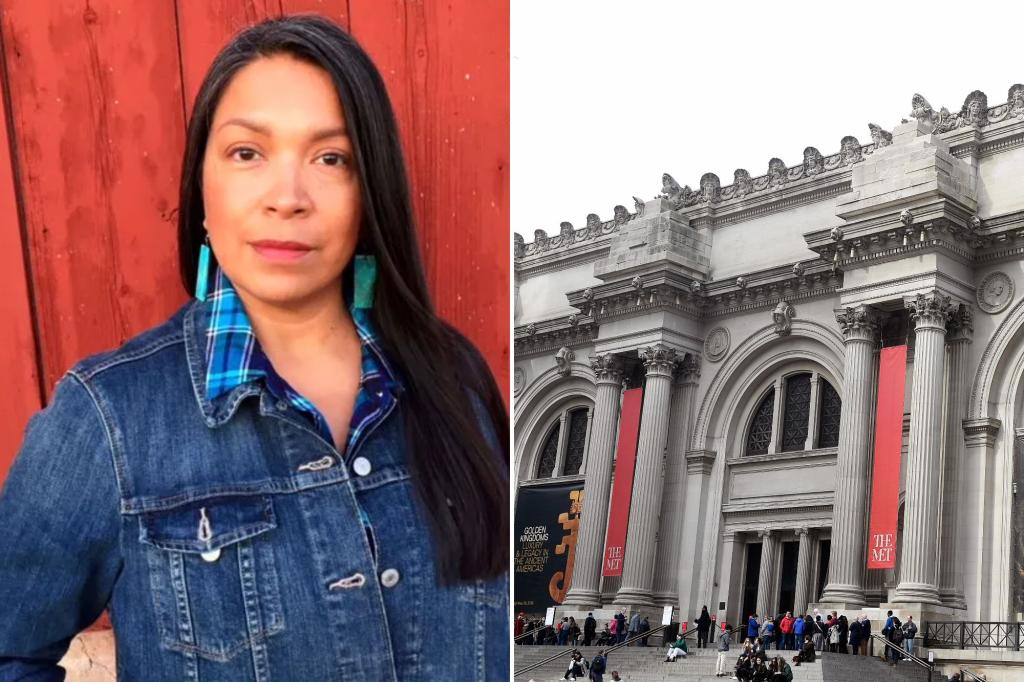Native American campaigners have raised concerns about the Metropolitan Museum of Art’s first curator of Native American art, Patricia Marroquin Norby. Despite being described as Apache, Eastern Apache, and Nde, as well as Purepacha/Tarascan, Marroquin Norby’s heritage has been disputed by Native American researchers. The Met has confirmed that she is of Purepacha descent, a Mexican indigenous group, which is not a federally recognized tribe in the US.
Marroquin Norby has faced accusations of being a “pretendian,” which refers to people falsely claiming indigenous heritage. Critics point to examples like Sacheen Littlefeather and Buffy Sainte-Marie as cautionary tales of individuals misrepresenting their tribal affiliations. The genealogical research conducted by members of the Cherokee Nation did not find any evidence of Marroquin Norby’s ancestors being enrolled members of a recognized tribe, further fueling skepticism about her claims.
Marroquin Norby, who describes herself as an “urban Indian” that began to embrace her indigenous roots as an adult, has faced backlash over her shifting claims of Native identity. Despite growing up in Chicago and marrying in a Native American ceremony in Wisconsin, questions persist about her connections to indigenous communities. The Tribal Alliance Against Frauds, which tracks pretendians, highlighted the lack of evidence supporting Marroquin Norby’s ties to the Purepecha in Mexico.
Prior to her position at the Met, Marroquin Norby held roles at the Smithsonian’s National Museum of the American Indian and the D’Arcy McNickle Center for American Indian and Indigenous Studies at the Newberry Library in Chicago. Her academic background includes a PhD in American Studies, focusing on the manipulation of American Indian images by European Americans. Marroquin Norby’s appointment as the Met’s first curator of Native American art has reignited discussions about cultural appropriation and the erasure of indigenous voices.
Critics argue that the museum’s failure to thoroughly vet Marroquin Norby’s heritage is a disservice to the Native community and perpetuates a history of erasure. The emphasis on diversity, equity, and inclusion in cultural institutions like the Met has raised concerns about the authenticity of representation and the impact on marginalized communities. As the controversy surrounding Marroquin Norby continues, Native American activists and scholars are calling for a more transparent approach to hiring practices and a deeper understanding of American Indian sovereignty.
The debate surrounding Marroquin Norby’s background underscores broader issues of identity, representation, and cultural appropriation within the art world. While her appointment was initially celebrated as a milestone for the Met, it has since sparked a reckoning with the complexities of Native American heritage and the importance of respecting tribal sovereignty. As the museum faces scrutiny over its handling of the situation, the broader conversation about indigenous voices in cultural institutions is likely to continue shaping discussions around authenticity and accountability.













